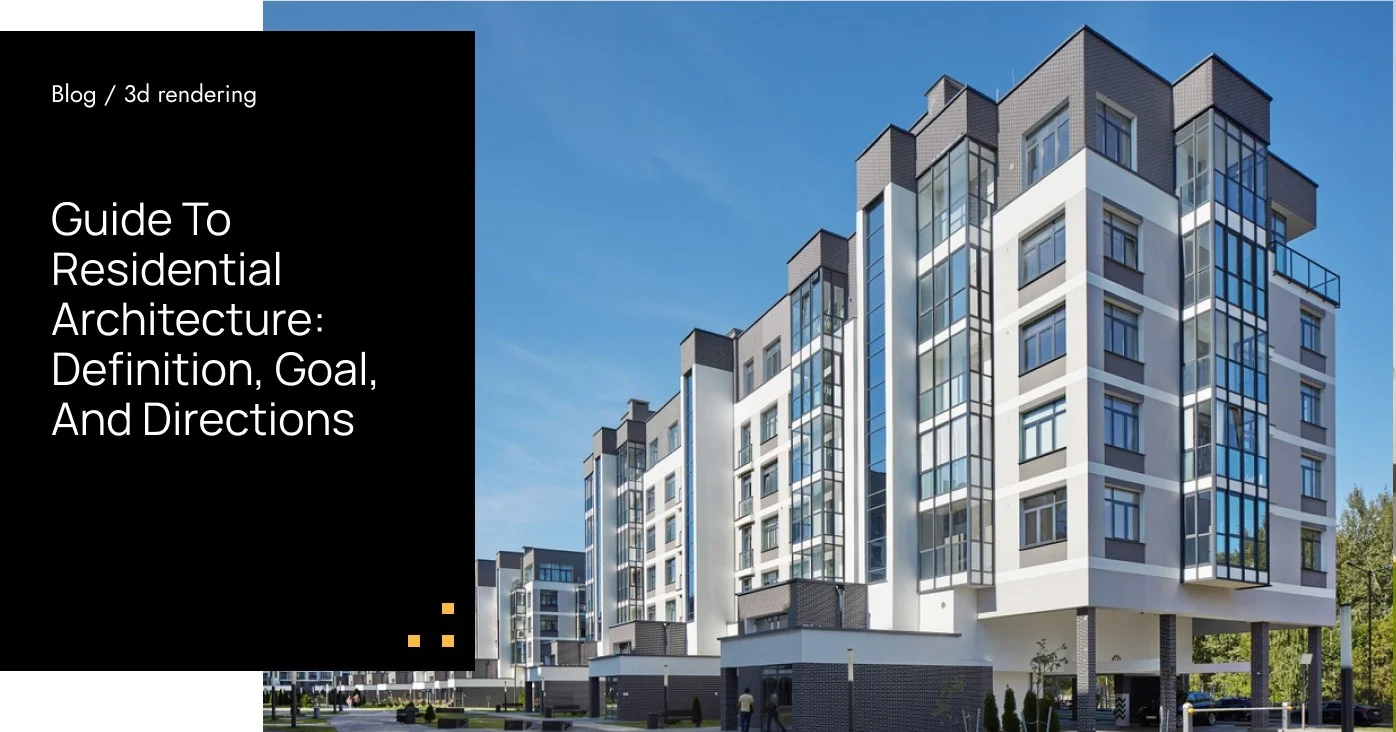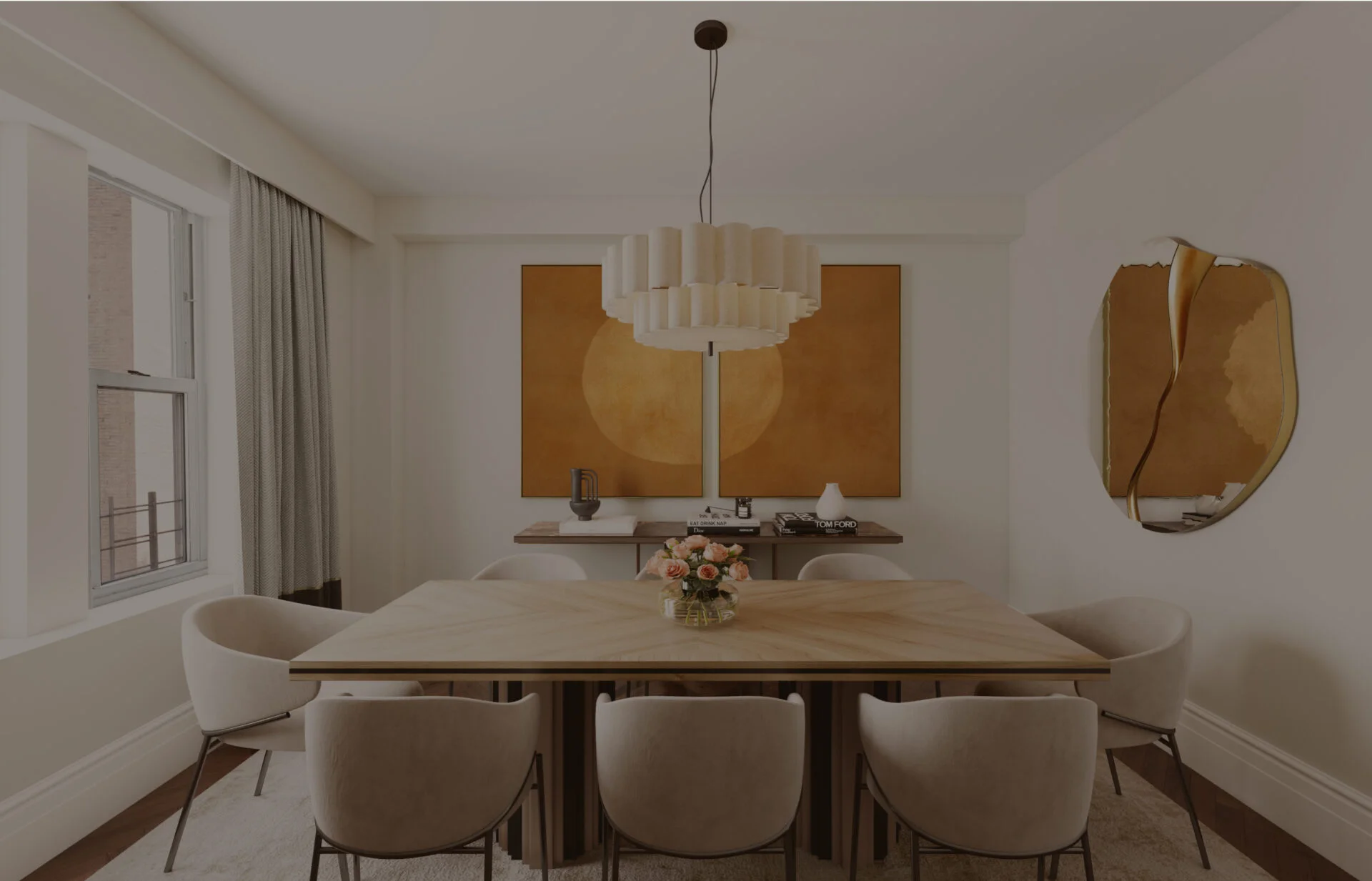Table of contents
Defining residential architecture
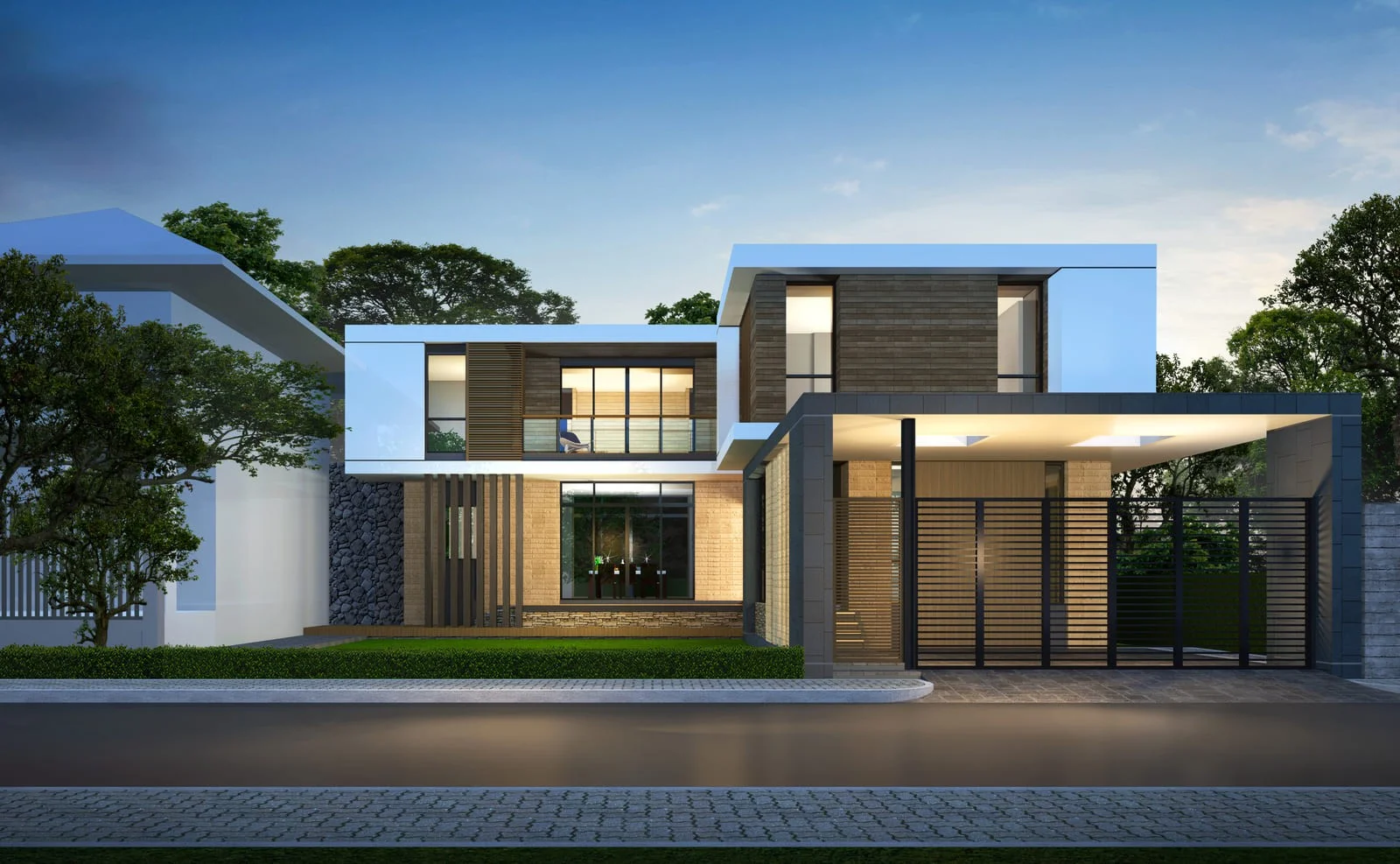
Residential architecture is a discipline within the field of architecture that concentrates on the design of residential properties. This area encompasses a wide range of structures, from single-family homes to apartment complexes. Not all architects possess the expertise required to create exceptional residential designs, making skilled and talented professionals highly valued in this sector. Among those who have gained international recognition for their innovative residential designs is Frank Lloyd Wright, whose work is known for its originality and distinctive characteristics.
Goals of residential architecture
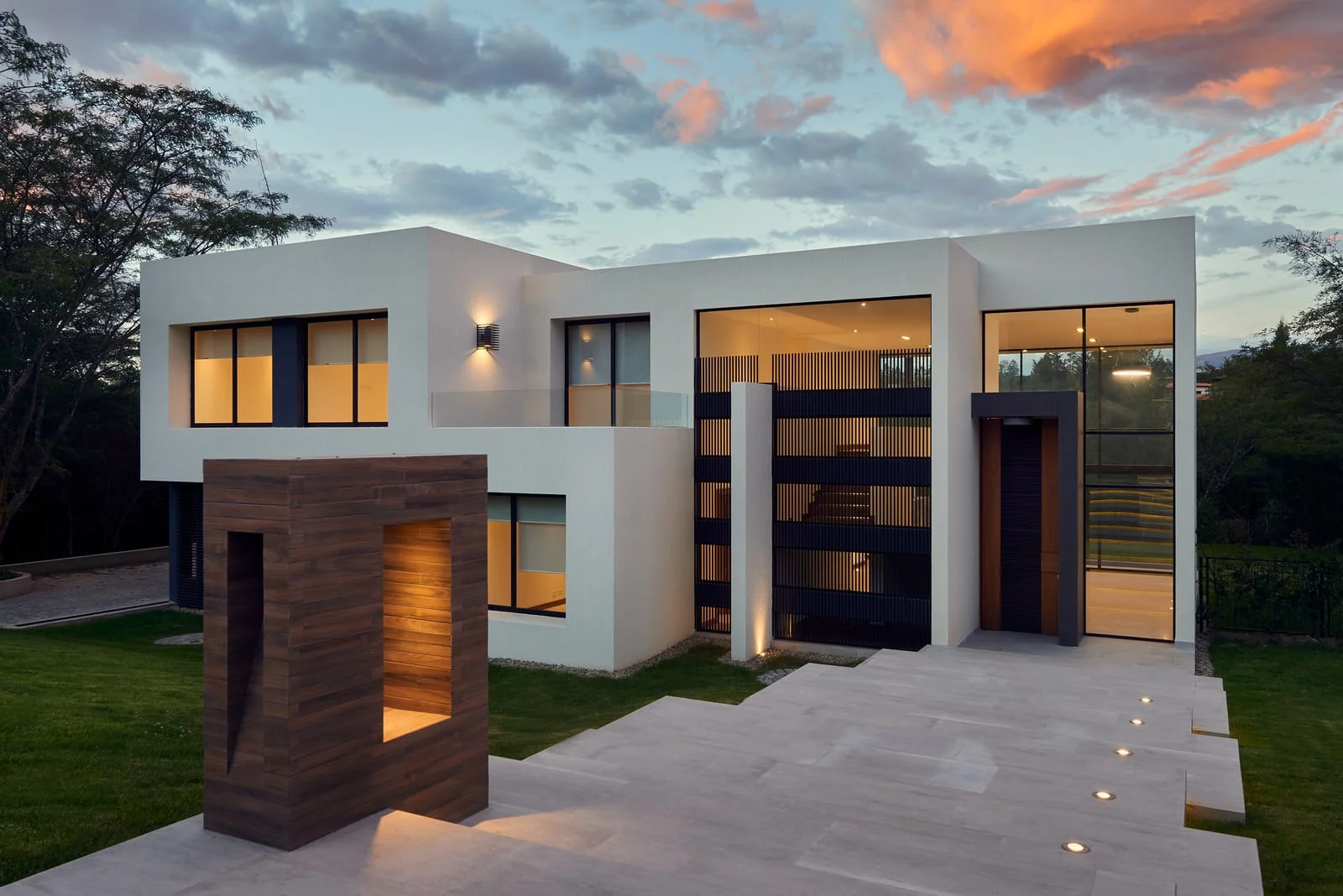
The primary purpose of residential architecture is to create homes that are both functional and secure. Architects must take into account numerous considerations when they develop a design. It is vital to follow applicable building regulations, integrate safety features, and address the home’s functionality, which encompasses the design of the floor plan and the arrangement of electrical outlets. Furthermore, architects should collaborate with clients to fulfil their specific desires and goals, as clients typically have their own concepts of what their ideal home should look like.
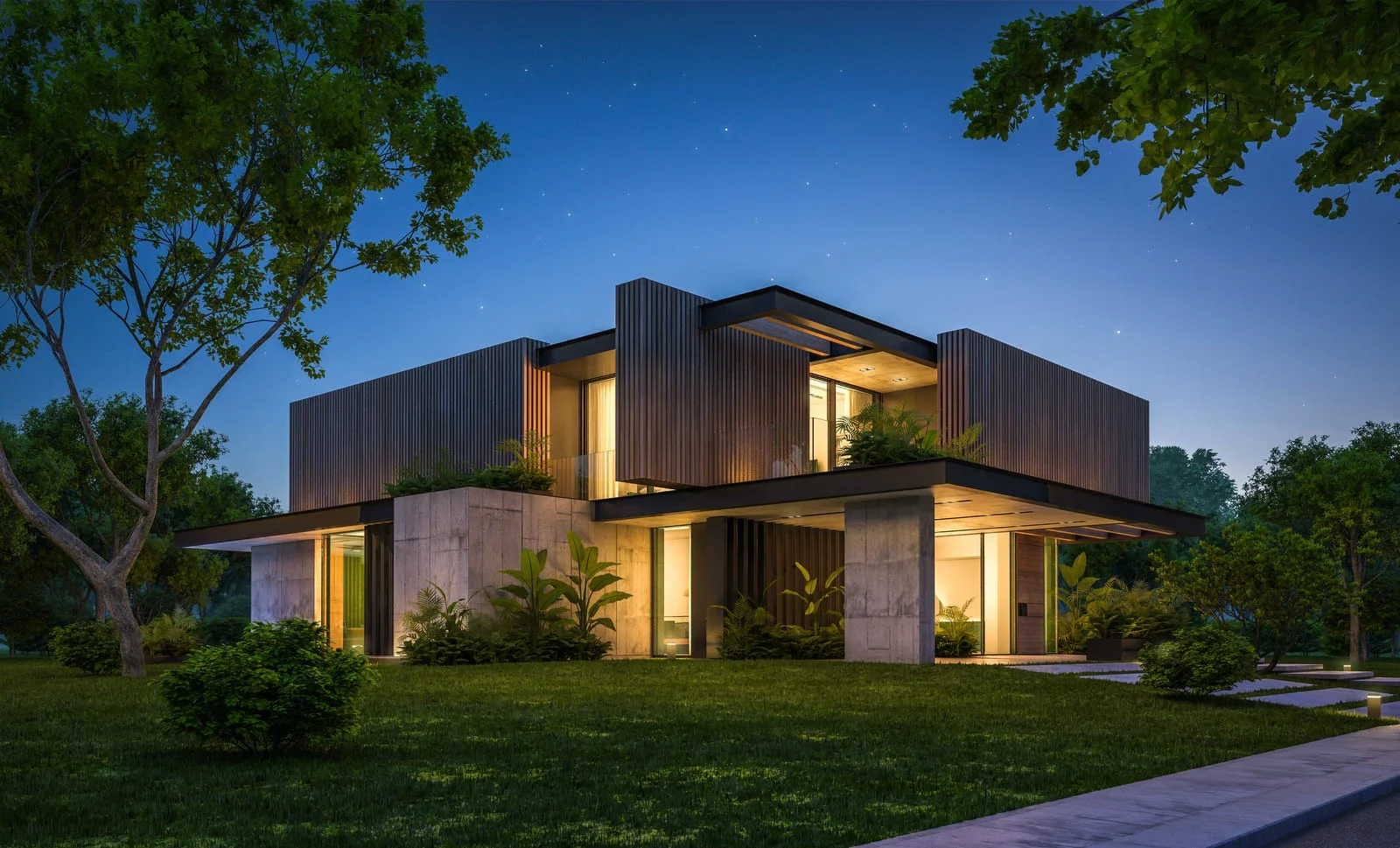
One of the primary goals of residential architecture is to design homes that are visually appealing. Creative architects seek inspiration from nature, their surroundings, and a wide array of shapes and objects found worldwide. Some clients come with specific requirements, such as a design that will complement an art collection or evoke a sense of history. Ultimately, everyone wants to have a home that feels right and brings happiness, and a lot of that is determined by the architect’s vision and approach.
Basics of the residential architects’ work

Some professionals collaborate closely with clients to meet their specific needs, while others design homes with a more universal appeal that can be applied to various projects. A third category focuses on larger-scale constructions, crafting designs for apartment complexes, communities, and townhouses.
Currently, these types of homes are highly popular, emphasising eco-friendly designs and smart technology. Additionally, another aspect of residential architecture involves the restoration and renovation of existing properties, showcasing how each architect carves out their unique path and expertise.
Who is a residential architect?

Students entering the field of architecture often start with a general overview before they start specializing in residential design. They study the history and different styles of architecture, develop skills in computer design, and learn about engineering, construction, and marketing.
It’s important to mention that residential architects can enjoy lucrative salaries, particularly if they have extensive experience and a portfolio filled with successful projects. However, the profession is not without its challenges; even a minor oversight can lead to significant expenses in the construction process, making attention to detail and problem-solving skills critical for residential architects.
Table of contents
Thank you for subscribing!
